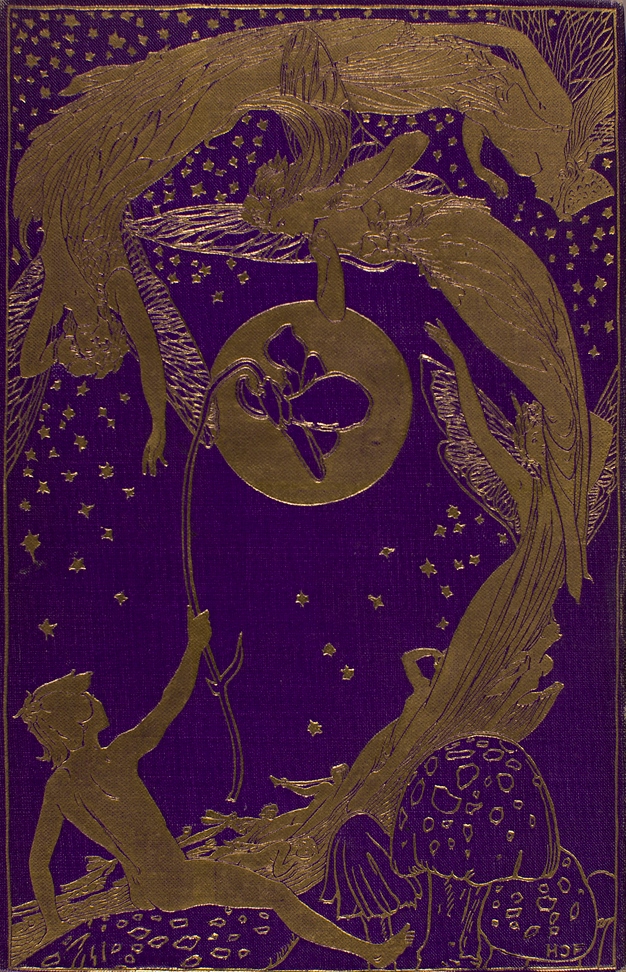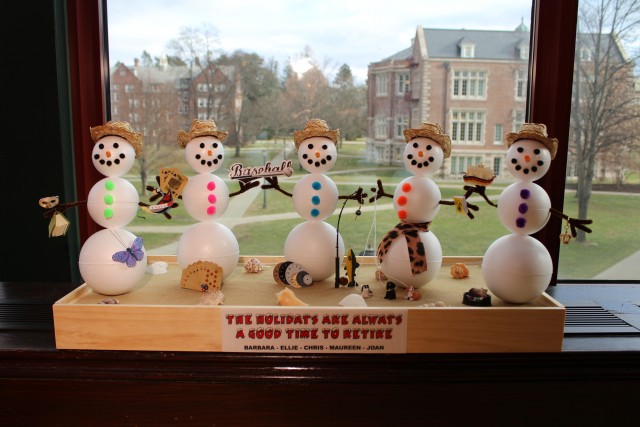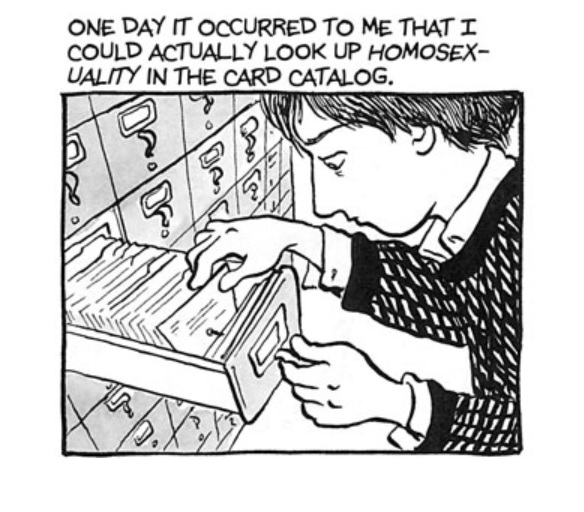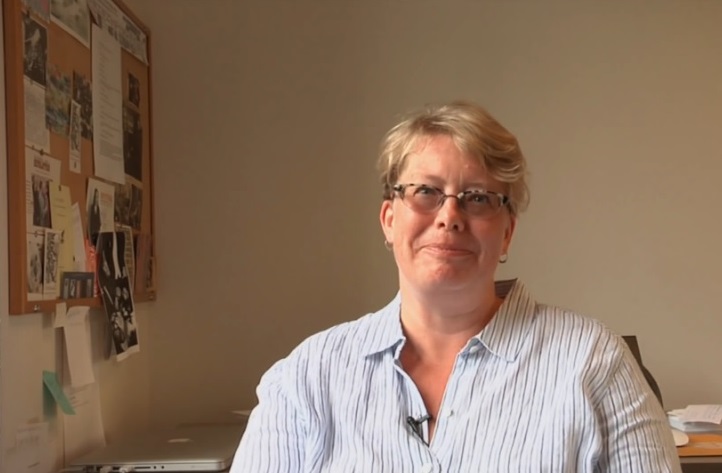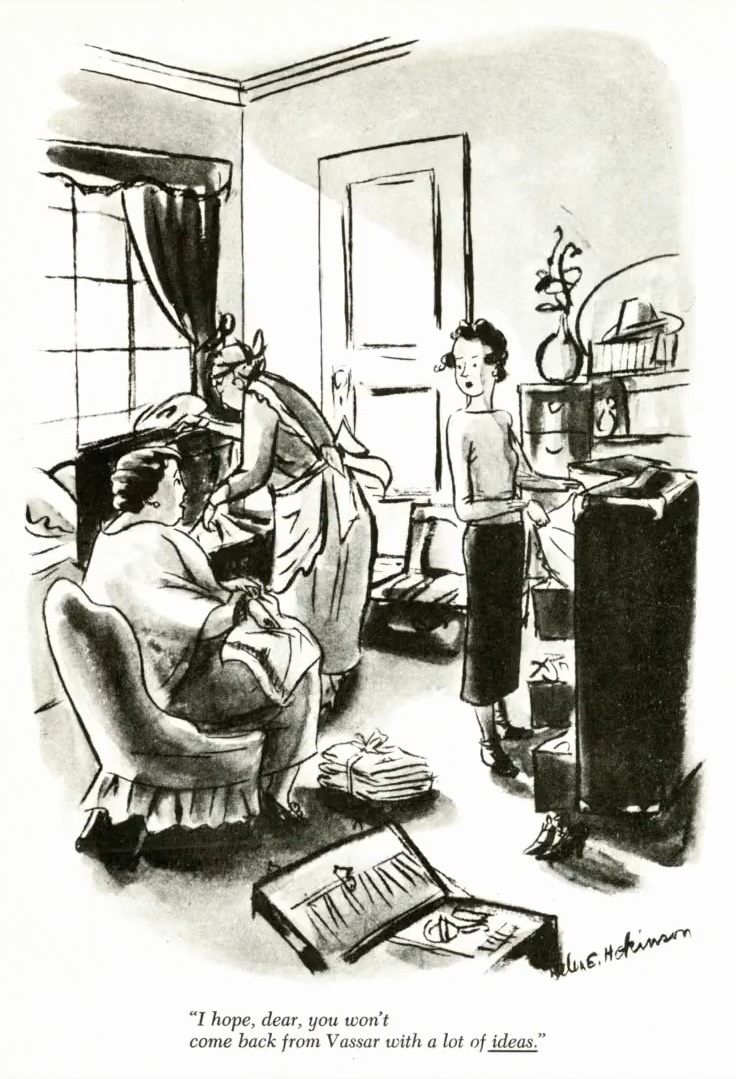A rabbit hole. Bizarre physical transformations. Riddles. These are some of the elements of fantasy that define Lewis Carroll’s classic story Alice in Wonderland, which turns 150 this year.
To commemorate this anniversary and participate in worldwide celebrations of the book, the Vassar College Archives and Special Collections Library is launching an exhibition, The Age of Alice: Fairy Tales, Fantasy, and Nonsense in Victorian England. The show features an early printing of Alice as well as an exploration of other works of fantasy from the same period. All of the pieces on display are from Vassar’s extensive children’s book collection.
First published in 1865, Alice in Wonderland remains one of the world’s most famous and influential works of fantasy. “The story is very much a part of the popular culture,” said Ron Patkus, head of special collections at Vassar’s library. “There have been numerous film, television, and dramatic adaptations of the novel since the early twentieth century.” However, several works of fantasy preceded it and Patkus noted, “We should take care not to let Alice obscure our appreciation of similar works composed by other authors during the same period.”
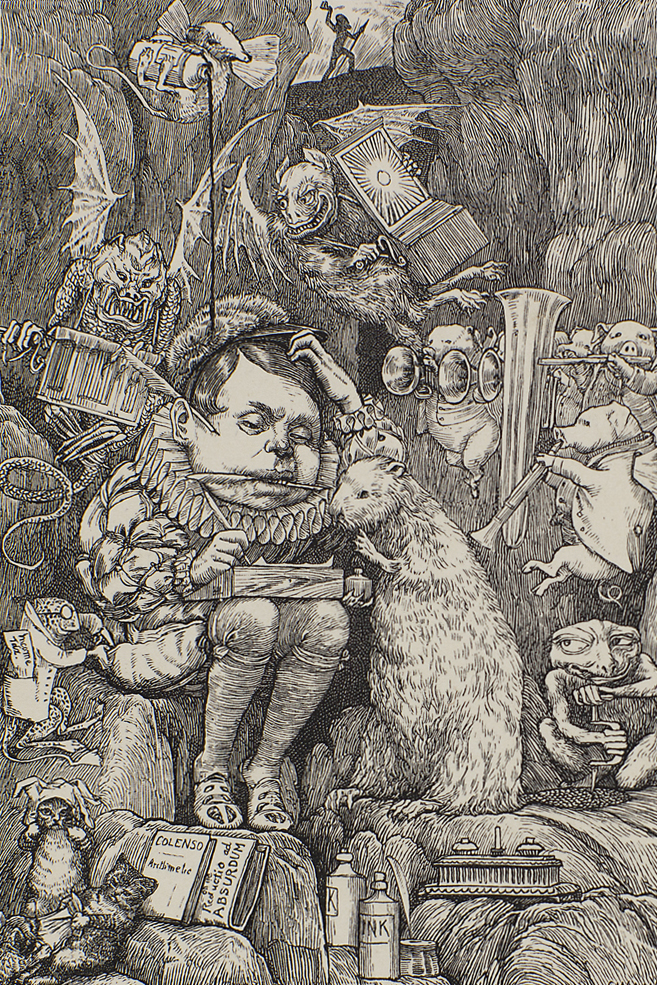
Henry Holiday’s illustration for Lewis Carroll’s “The Hunting of the Snark”. (Engraved by Joseph Swain.)
The Victorian era witnessed the publication of a great number of fairy tales, and works of fantasy and nonsense. Many, though not all, of these titles were aimed at young audiences. The first such novel is generally considered to be Sara Coleridge’s Phantasmion, which appeared in 1837. Later, more established authors such as Charles Dickens, William Makepeace Thackeray, and John Ruskin all produced works with fantastical elements. An especially important title was Edward Lear’s Book of Nonsense, which appeared in 1846, filled with limericks and playful illustrations. Some writers established themselves as authors of children’s books, among them George MacDonald, Charles Kingsley, and Mary Molesworth. The trend continued in the last years of the nineteenth century and the early years of twentieth, when collections such as the fairy tale books of Andrew Lang and the Jungle Books of Rudyard Kipling were published. Many of these books featured illustrations by major artists, including John Tenniel, Arthur Hughes, Walter Crane, and others.
Nearly 40 books are on display in this show, written by a variety of authors. “They are arranged chronologically, so that visitors to the exhibition can gain a sense of how this literary genre developed over the course of the nineteenth century,” said Patkus.
Age of Alice includes both famous and lesser-known titles. Wherever possible, first editions are shown. “Viewers will see stories and novels as they appeared not just in book form, but also in periodicals of the time,” said Patkus. “The exhibition provides a strong sense of what a major genre this was during that time period.”
The Age of Alice opens on February 12. The exhibition will be on view through mid-June and is free and open to the public.

